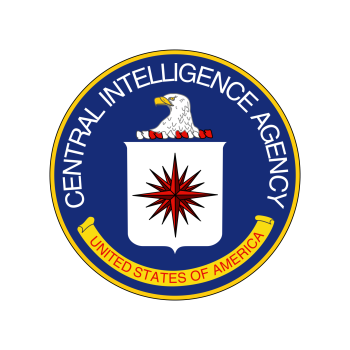While working at IBM as the first black software engineer in America, my father would occasionally be gone for months at a time on projects that he called "hush hush" or "top secret." When I asked him what he was doing, he would simply say that he was sworn to secrecy about his work.
While working on my book about my dad, I came across a copy of an IBM letter he kept from a manager at Tech Square in Cambridge, Massachusetts to his manager in New York City thanking him for his service. The Cambridge manager lead the Systems Technical Support group for a project named, "CP-67/CMS." The letter was marked "IBM Confidential," the company's highest security classification, though that designation had been crossed out. This opened a floodgate of memories because by what I believed at the time to be a strange set of circumstances, when I worked for IBM, I was one of the few employees working on the successor to the CP-67/CMS project.
Then, I dug further into Tech Square and this chapter of my father's story, and mine, took a really bizarre turn.
In the 1960s, Tech Square was home to a pivotal project in the evolution of modern-day computers, Project MAC (alternately known as the Project on Mathematics and Computation or the Project on Multi-access Computing). Project MAC had its offices on the fifth, eighth, and ninth floors of 545 Main Street in Cambridge, Massachusetts on the MIT campus, in a complex known as Tech Square. IBM's Cambridge Scientific Center (CSC) occupied the fourth floor, while the company's sworn enemy, GE's Cambridge Information Systems Laboratory (CISL), had offices on the seventh. Listed under the innocuous name of R.K. Starling Associates, the Central Intelligence Agency maintained offices on the third floor. When my father left for Cambridge, he worked for CSC.
Project MAC was a significant part of the first project ever funded by a new government agency known as DARPA (Defense Advanced Research Projects Agency). Though no one used the term "internet" in those days, DARPA's principal goal, and thereby Project MAC's, was the development of the fundamental hardware and software that would one-day form the backbone of the internet.
Three essential, abstruse, technological problems had to be solved—intergenerational compatibility, multiple-user computing, and memory limitation. Without solving these problems first there would be no future internet. Both IBM and GE tackled the problems from different directions, and GE won the first round. But IBM came roaring back, largely on the strength of Project CP-67/CMS, and then vanquished GE in establishing the hardware and software architecture that would evolve into the internet.
The importance of what happened at Tech Square cannot be overstated. Without developments there, we would have no Google, nor Amazon, nor Microsoft, nor Apple, nor Facebook, nor Twitter, nor smartphones. The technology billions take for granted every day simply would not exist.
But DARPA did not fund Project MAC for the benefit of humanity or the commercial success of IBM. R.K. Starling Associates had offices on the third floor for a reason: the CIA understood that what emerged from Project MAC would fundamentally alter the nature of how intelligence was gathered, analyzed, and communicated. DARPA funded the project so government agencies, like the CIA, could be in on the ground floor (well, at least the third floor) of this sweeping change. The CIA ultimately became one of the first and largest consumers of the fruits of IBM's success with CP-67/CMS.
At Tech Square, everyone knew each other. Joint briefings and personnel crossovers between the agencies working on Project MAC were common, which led me to ponder whether my father ever worked for R.K. Starling Associates on the floor just below him. While I will, most likely, never know for sure if he did, not long after he left Cambridge, CP-67/CMS morphed into IBM's VM-370/CMS. Along with a specialized group of IBM employees, when I worked for the company, I taught VM-370/CMS to large government and private institutions across North America. Then, at a conference in Miami in the mid-1970s, to help them with this complex, new technology, the CIA tried to recruit me.
For more about this chapter in my father's life, and the history of computers, see Think Black: A memoir, published by Amistad Press, a division of HarperCollins.
